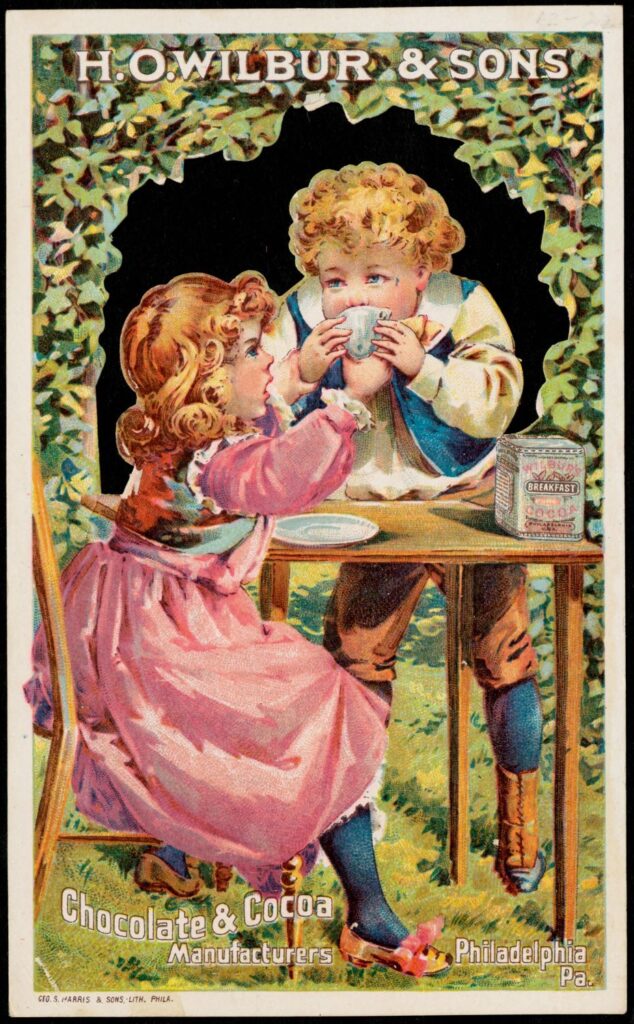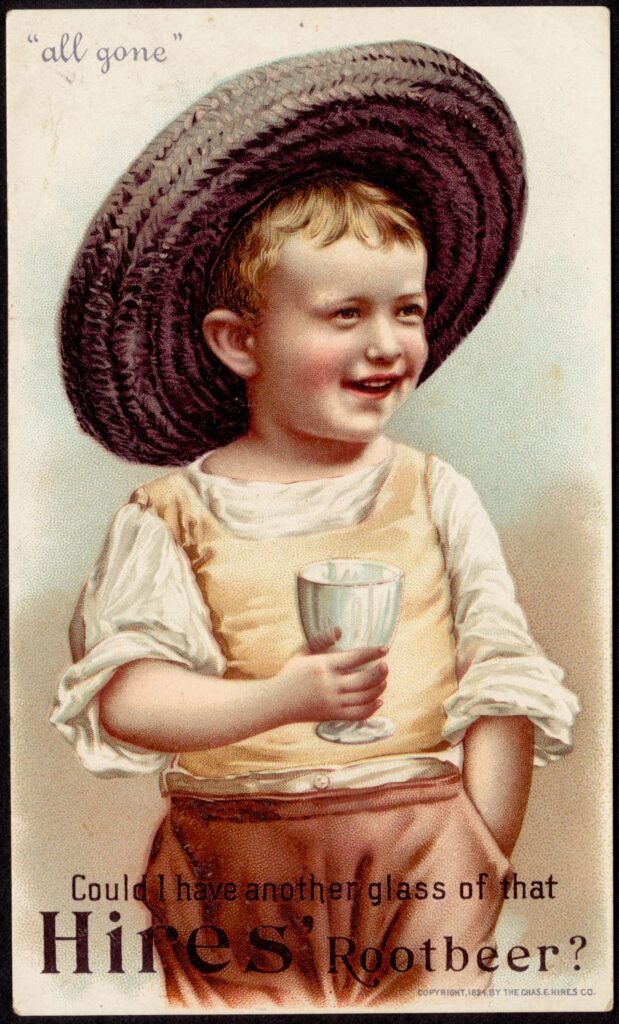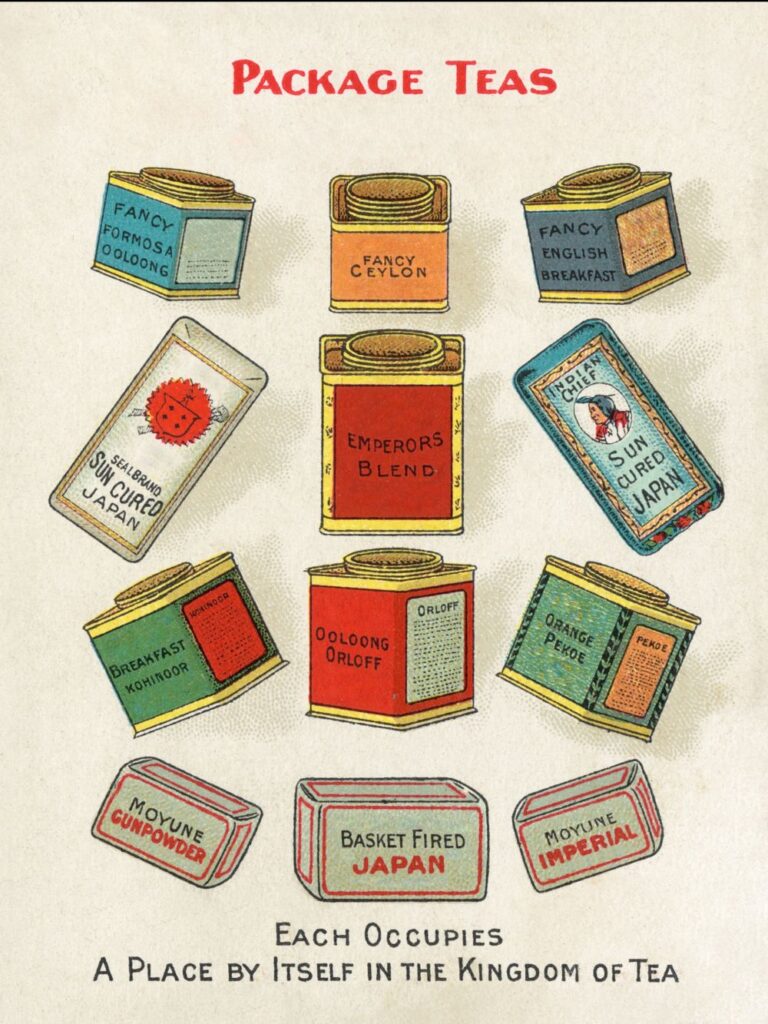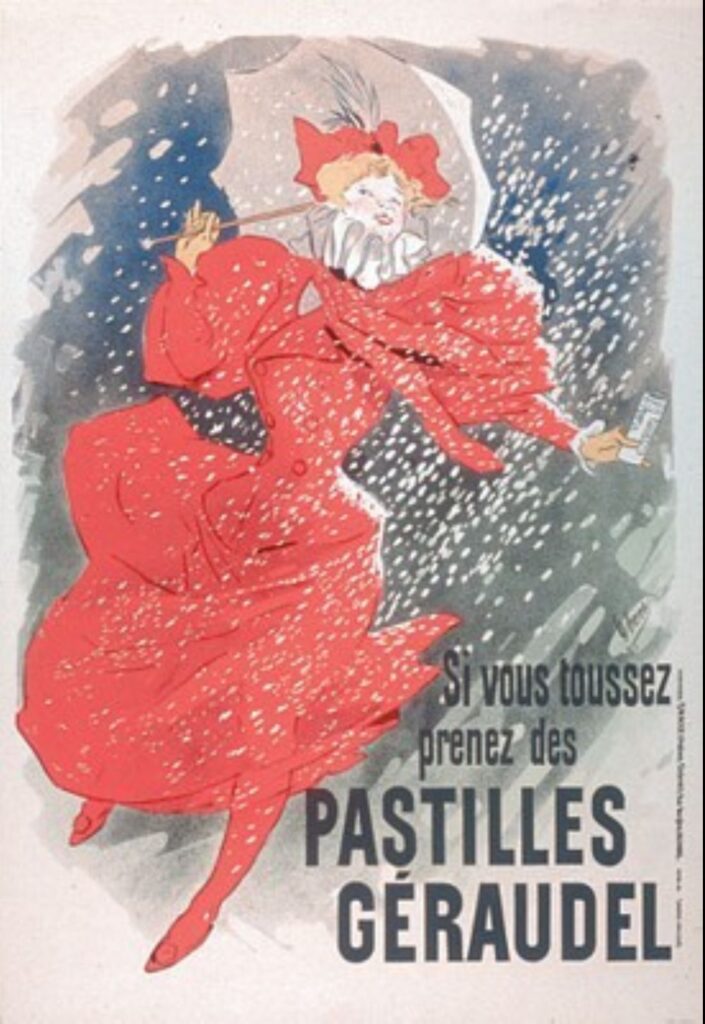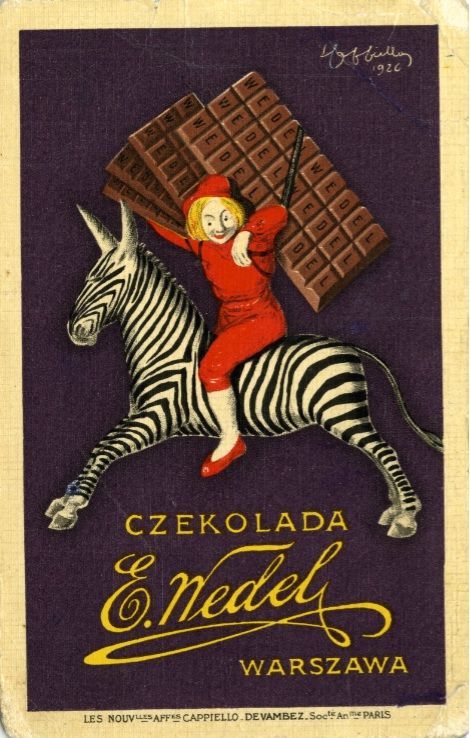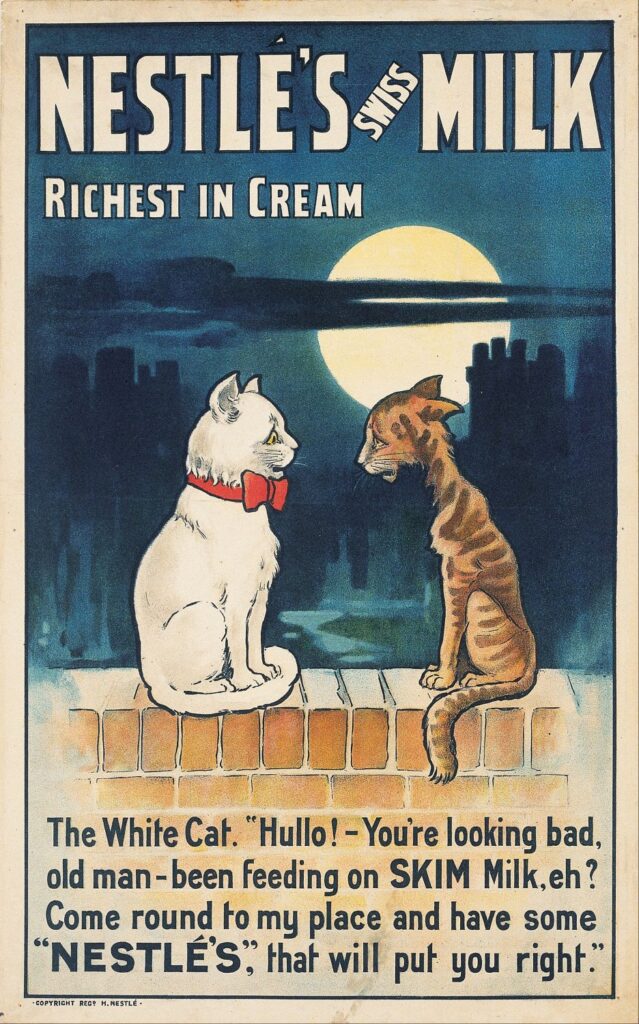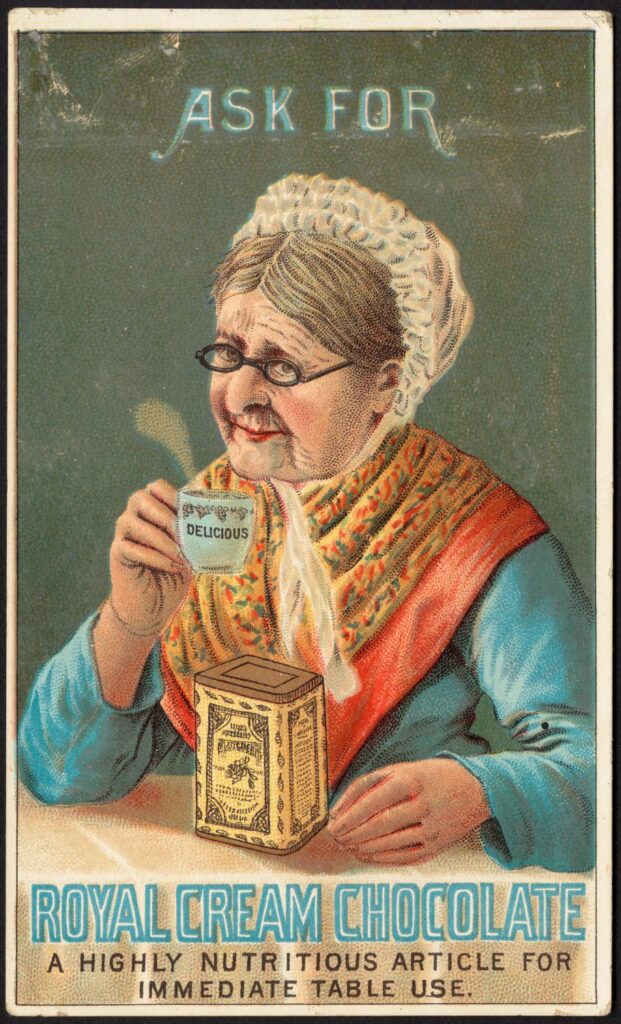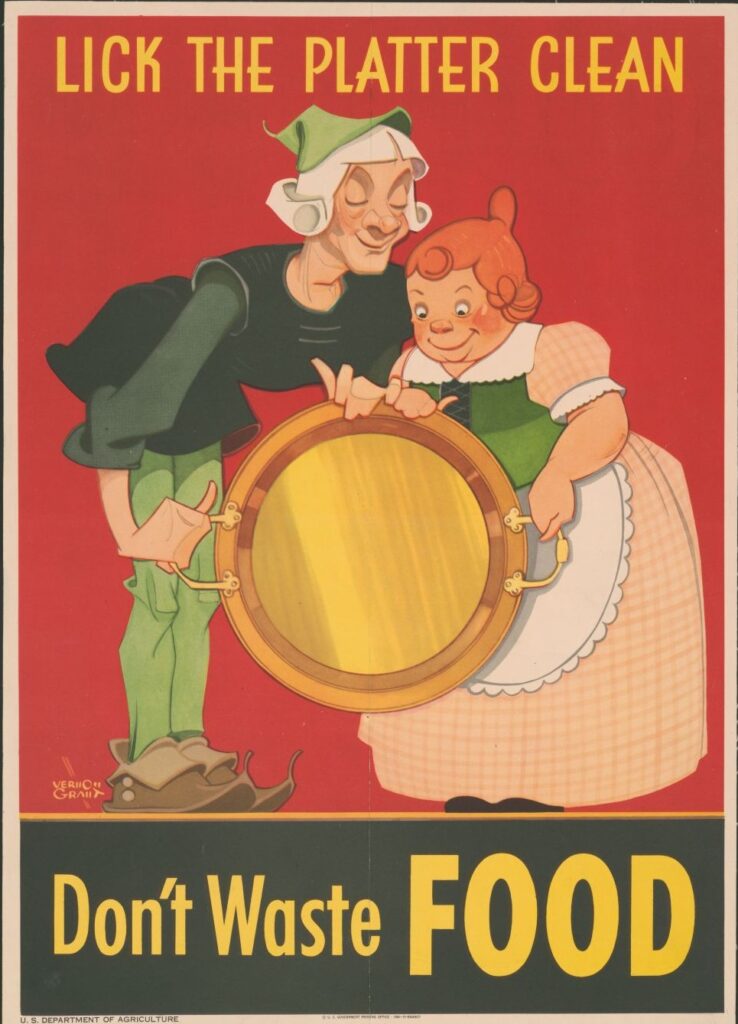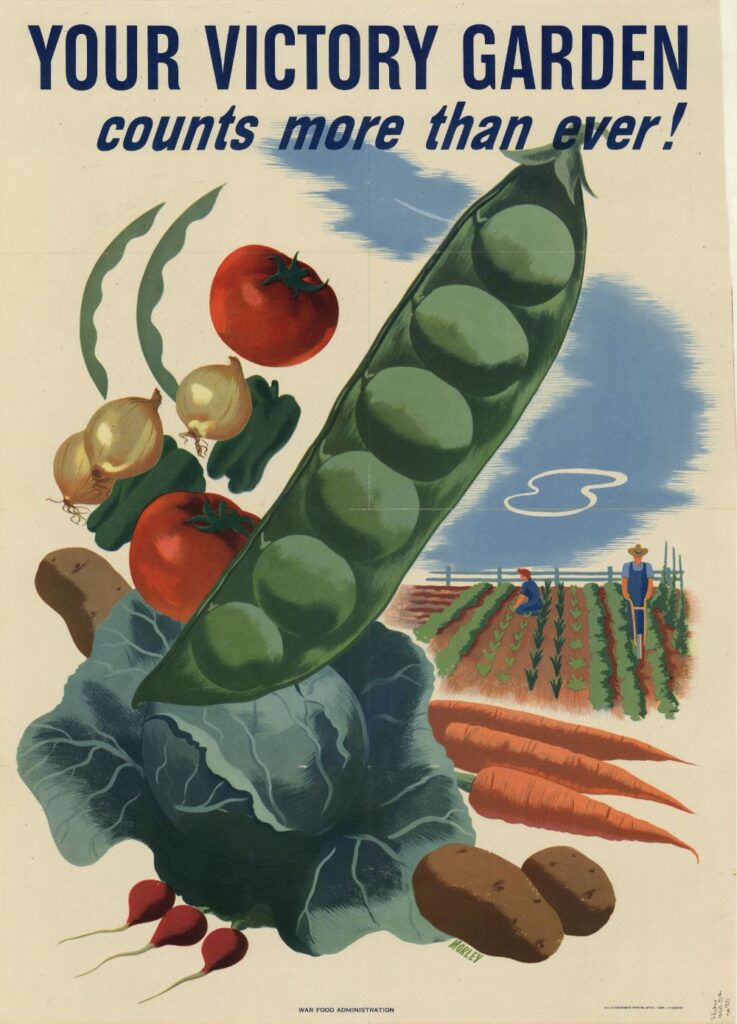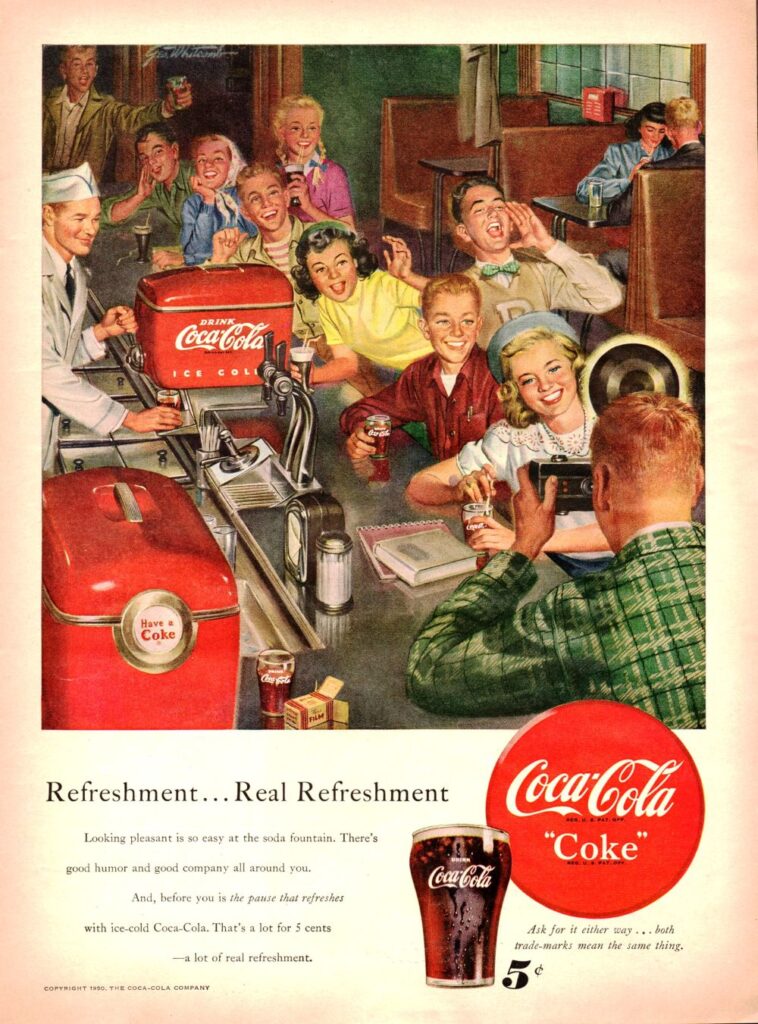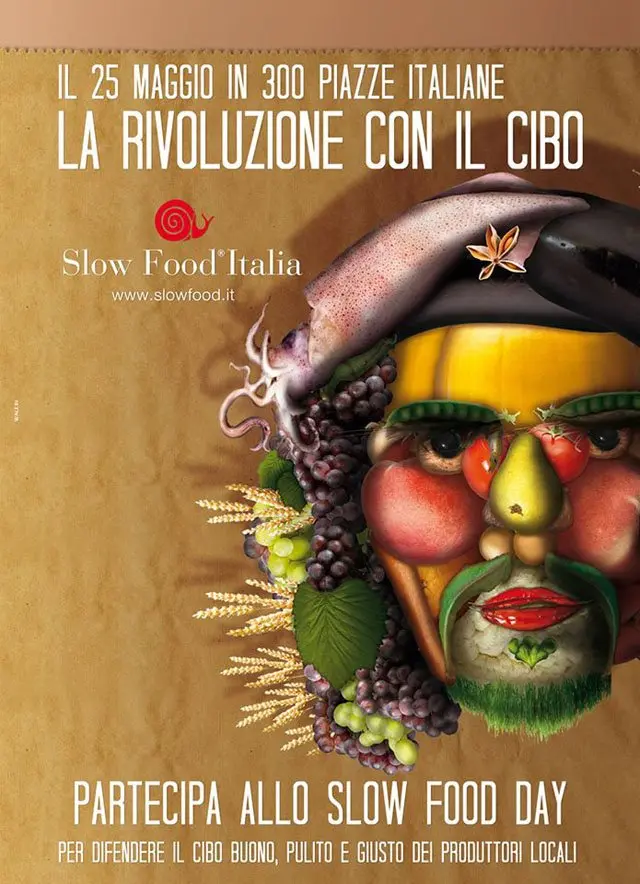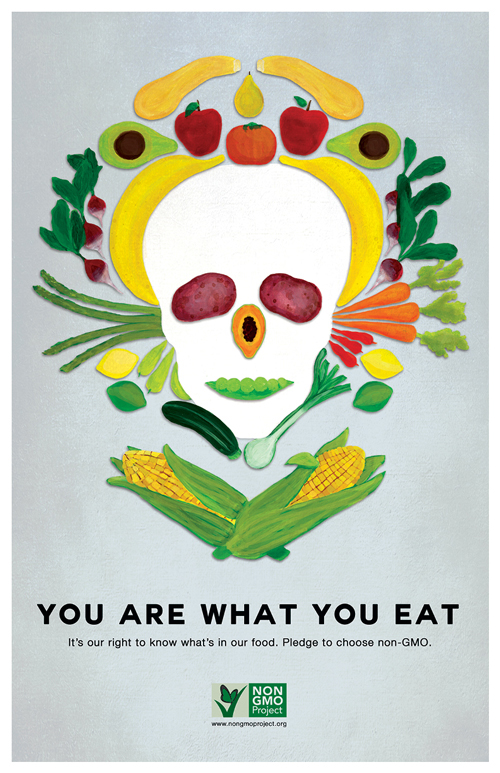Bright fruits bursting from borders, wartime recipes splashed in bold reds, and nostalgic brands frozen in time—food posters have long captured more than just what’s for dinner. Across continents and decades, they have told stories of who we are, what we value, and how we connect through food. These colorful canvases have functioned as marketing tools, national symbols, and cultural archives, preserving culinary traditions and identities in ink and paper.
Origins of Food Posters
The rise of food posters is intertwined with advances in printing technology during the 19th century. Lithography made it possible to produce vivid, large-scale advertisements that could be pasted in public spaces. In Europe, especially France and Germany, this ushered in a golden age of poster art. The booming urban café culture and the emergence of brand-based marketing fueled the demand for eye-catching designs that appealed to both appetite and aspiration.
Posters often depicted exotic goods brought in through colonial trade: bananas, cocoa, coffee, spices. These images served a dual function—glamorizing the foreign while normalizing colonial power. Even in these early forms, food posters reflected not just culinary desires but also the political and economic dynamics of the time.
The Golden Age of Food Advertising (1880s–1930s)
From the Belle Époque through the Art Deco era, food posters reached new artistic heights. In France, Jules Chéret’s lively compositions and Leonetto Cappiello’s surreal, energetic characters became iconic. These works transformed mundane products like liqueurs, biscuits, cheeses, and even lozenges into desirable luxuries.
The appeal was often emotional: food was linked with joy, romance, domestic bliss, and indulgence. Posters encouraged consumers to associate brands with experiences and identities, not just taste. Nestlé milk, Maggi bouillon, and other early brands became embedded in cultural consciousness thanks to their bold, stylish advertisements.
Food Posters in Wartime and National Identity (1930s–1950s)
With the onset of global conflict, the tone of food posters shifted. During both World Wars, posters became tools of persuasion and solidarity. In the United States and Britain, campaigns urged citizens to conserve food, plant “Victory Gardens,” and adopt creative substitutions. Slogans like “Meatless Mondays” and “Waste Not, Want Not” were accompanied by dynamic, often patriotic visuals.
These posters helped build national identity around shared sacrifice. In places like Japan and Germany, food posters were used to align dietary practices with state ideology. Meanwhile, in occupied or colonized countries, food imagery could carry coded messages of resistance or cultural pride.
Post-War Boom and the Rise of Global Branding (1950s–1970s)
The end of WWII brought economic recovery and a new era of consumerism. Food posters began to promote abundance, convenience, and modernity. Supermarkets replaced local markets, and processed foods became symbols of progress.
American brands like Coca-Cola, Campbell’s Soup, and Kellogg’s used posters to export not just products but also a way of life. Their international campaigns promoted family values, leisure, and upward mobility. Typography and design shifted to reflect modernist sensibilities: clean lines, bold colors, and simple shapes.
Posters as Cultural Time Capsules
Every era of food posters offers visual clues to shifting social values. Gender roles are particularly revealing—from the 1950s housewife cooking dinner in pearls to the empowered chef of the 1970s natural foods movement. Health messages also evolved, reflecting new understandings of nutrition and wellness.
Around the world, regional aesthetics gave posters unique flavors. Japanese food art incorporated kawaii (cute) design, while Scandinavian posters emphasized simplicity and balance. In post-colonial African nations, posters celebrated indigenous crops and culinary traditions as part of cultural revival.
Nostalgia, Revival, and New Forms (1980s–Present)
The late 20th century brought a wave of nostalgia. Vintage food posters became popular as home décor, especially in kitchens and cafes. Simultaneously, movements like Slow Food and farm-to-table reignited interest in traditional foodways. Posters promoting local harvests, artisanal techniques, and heritage recipes became modern heirlooms.
Today, digital posters and social media graphics have taken the place of street art. Yet the purpose remains the same: to evoke appetite, identity, and connection. Instagram posts and infographics continue the visual storytelling tradition in a new medium.
Cultural Heritage and Culinary Identity
Food posters are more than beautiful ephemera—they are visual archives of how communities view themselves and their food. Museums, libraries, and private collectors now preserve these works as part of global heritage. For immigrant communities, food posters can serve as a bridge to home, preserving recipes and symbols that carry deep emotional weight.
From the wheat fields of Soviet propaganda to the noodle ads of Tokyo, from Caribbean fruit crate labels to contemporary vegan activism posters, the history of food posters is a tapestry of taste and tradition.
Conclusion
Across the decades, food posters have fed more than just hunger. They have shaped aspirations, cemented identities, and preserved traditions in ink and color. In a time when food is once again central to conversations about sustainability, heritage, and identity, these artworks remind us that what we eat has always been about more than nutrition—it’s about who we are.
Whether hanging in a kitchen or stored in an archive, every food poster is a visual recipe for memory, meaning, and culture.
You Might Also Like:
Ancestry Stories Told Through Famous Works of Art
DIY Wall Art Ideas: 9 Art Movements to Spark Your Imagination
Ancestry Stories Told Through Famous Works of Art
Skeleton Art : Vintage Prints That Will Spice Up Your Halloween Decor



